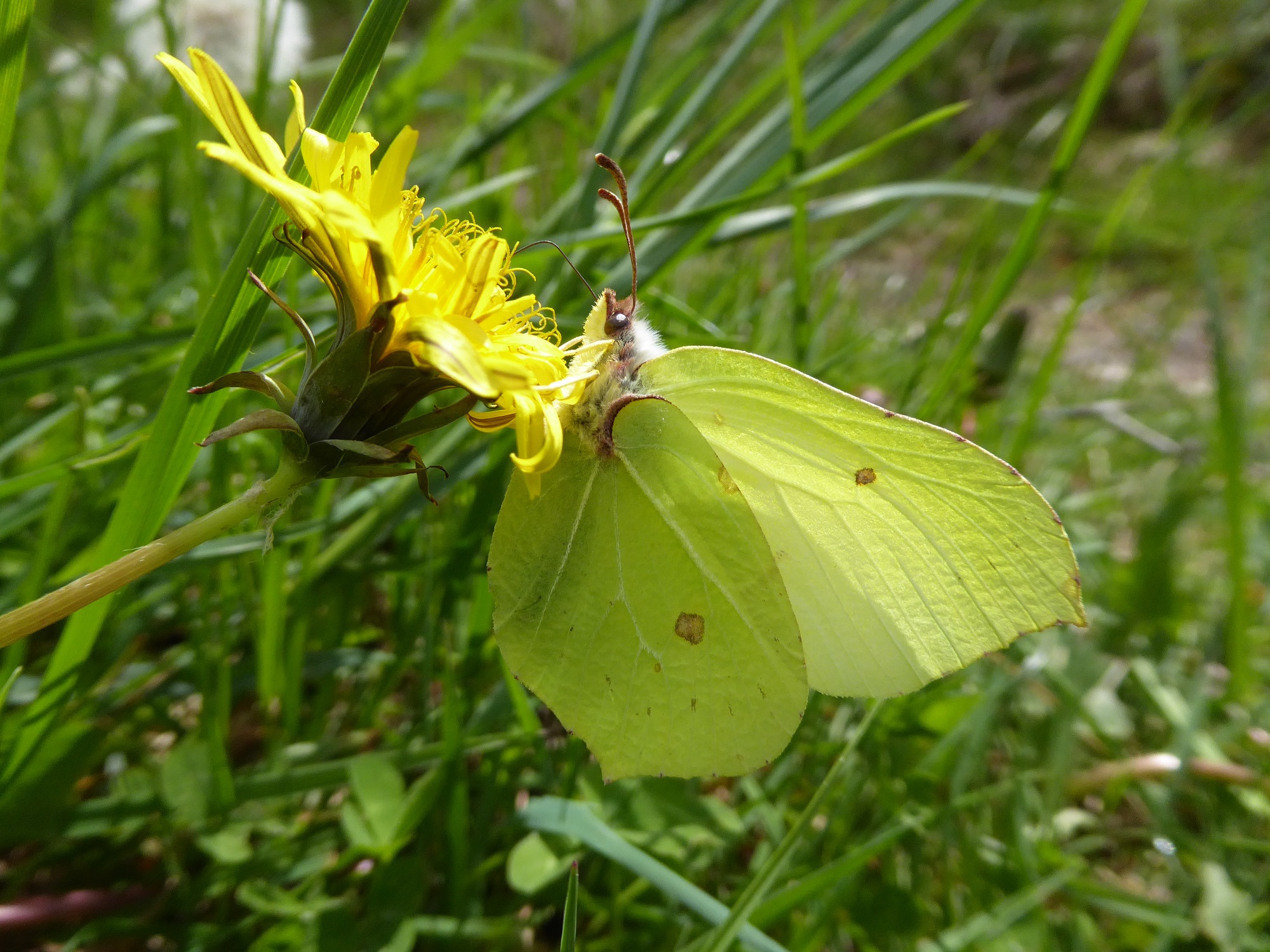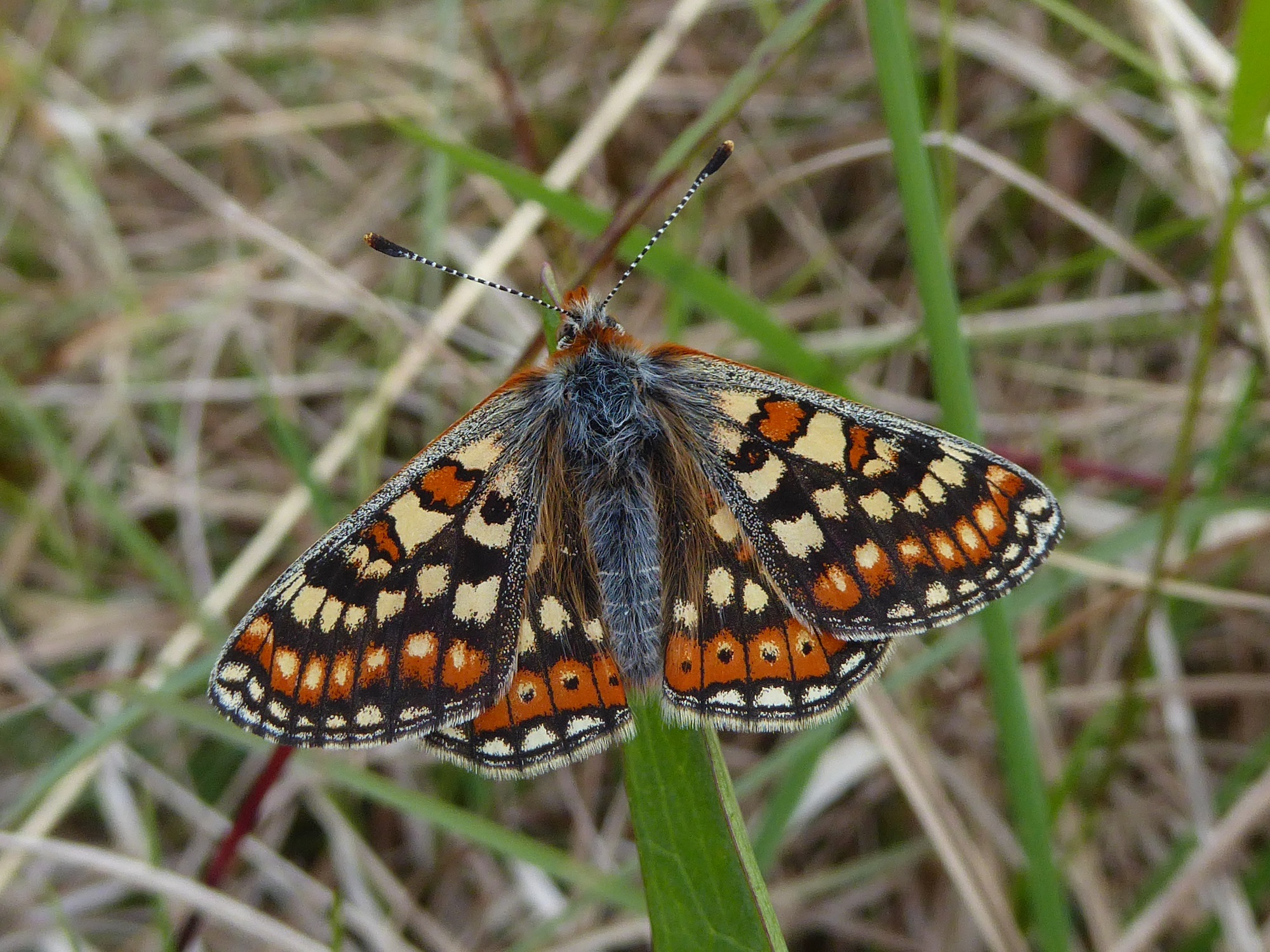A breezy, mild day with occasional sunny spells gave the weather context for our annual outing to the wonderfully rich habitats in the wilds of Lullymore and Lullybeg.
One of the great pluses of the area is the that there is no long trek to locate the areas treasures, no difficult terrain to tackle, no dull areas to traverse to reach the good spots. The entire area from the parking point to the western limits of Butterfly Conservation Ireland’s reserve offers abunance to the wildlife lover.
Right beside our parking point a rarity was pointed out by Philip Strickland, our moth specialist. A lovely White-pinion Spotted moth, perched serenely on a birch leaf, its snowy white standing out sharply on dark green. There are no other midland records for this moth! You can see photographs of it on our Facebook page.
Cryptic Wood Whites fluttered gently along the track ahead, looking delicate and ethereal. This dainty sylph floats about the solid world of tangled grasses and scrub, searching almost abstractedly for a mate, nectar or a place to perch or lay an egg.
A sharp contrast to the dreamlike sensation evoked by the ghostly wood whites is the hyperactivity of the Dingy Skippers and Burnet Companions. These don’t stop when the sun is out,buzzing excitedly around inky milkwort and cheery yellow bird’s-foot trefoil, chasing and supping nectar. Mating was observed; a quiescent female folded her wings and allowed joining. Earlier, another disdainful female raised her abdomen towards an amorous male in the classic rejection posture. The ever-interesting Narrow-bordered Bee Hawkmoth was surging across the grassland, while a more ponderous female was observed inspecting the vegetation for egg-sites. This bumble-bee mimic not only imitates a bee’s appearance, it makes a loud buzzing sound too.
Brimstones are still about too, but these showy butterflies are currently being gobbled by Hairy Hawker dragonflies which assassinated five on the track alone! Beautiful dragonflies they are, but also ferocious killers. Peacocks are still extant, and apparently not as vulnerable.
The star of the show was the Marsh Fritillary, just beginning to fly at Lullymore and Lullybeg. Only males were seen, all pristine. There will, given sunshine, be many more in the weeks again, but no two look alike, adding endless intrigue to the study of this iconic butterfly.
Thanks to everyone who joined us. It was great to have your company, and share the beautiful butterflies of Kildare’s best butterfly site.
More photos cab be seen on our Facebook page.
To see an enlarged view of these images, open in a new tab and click on the + symbol.



